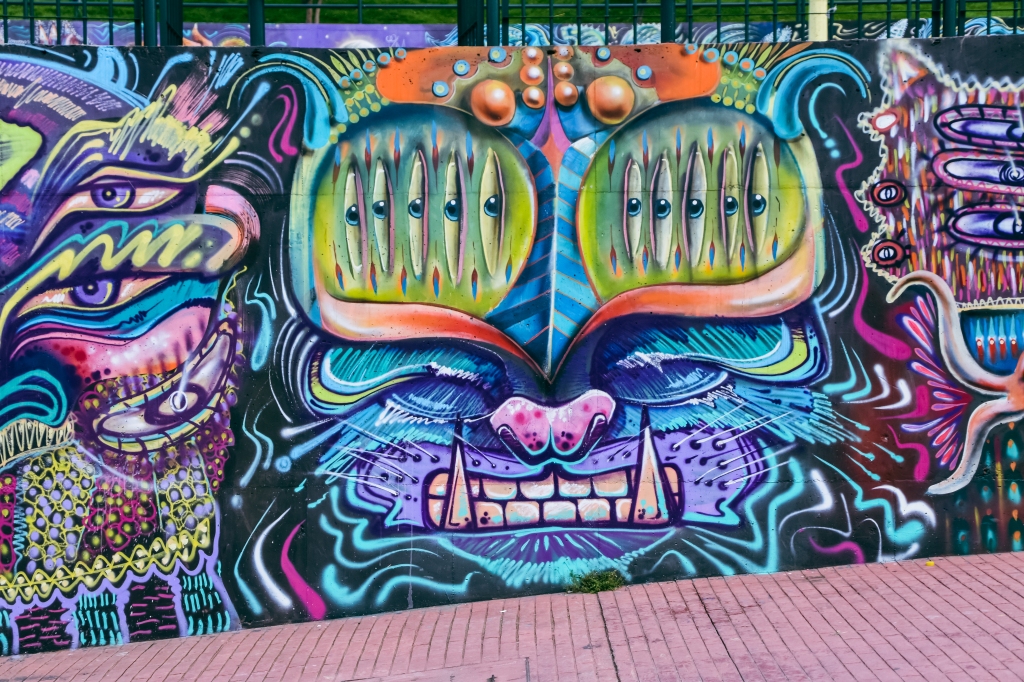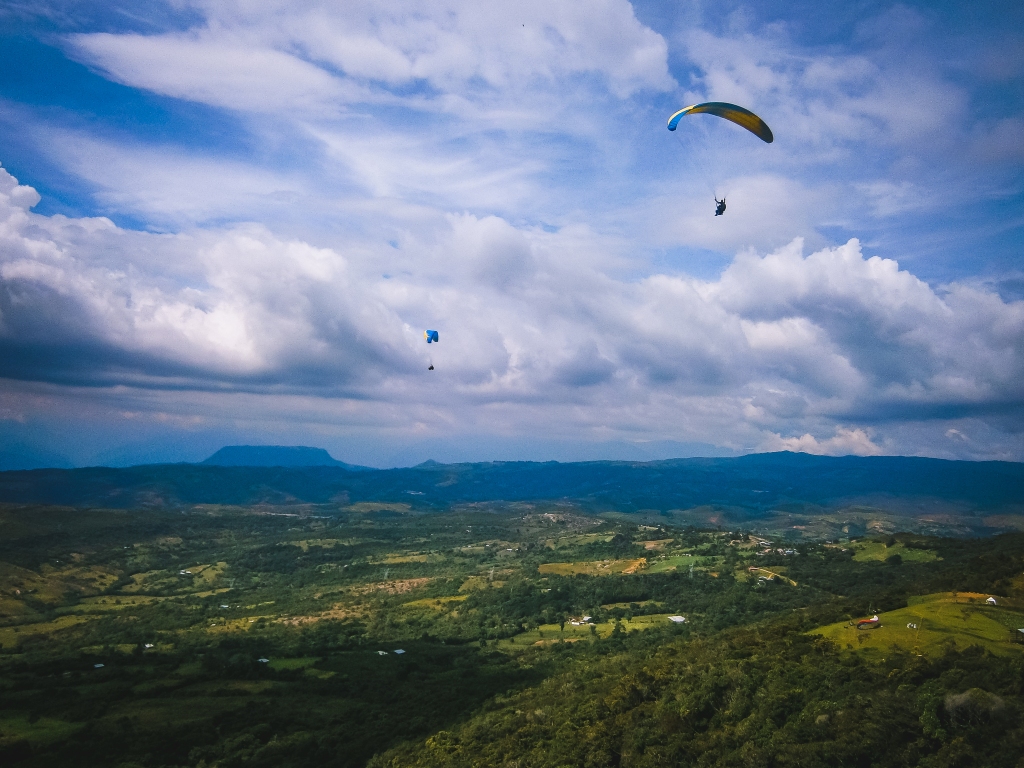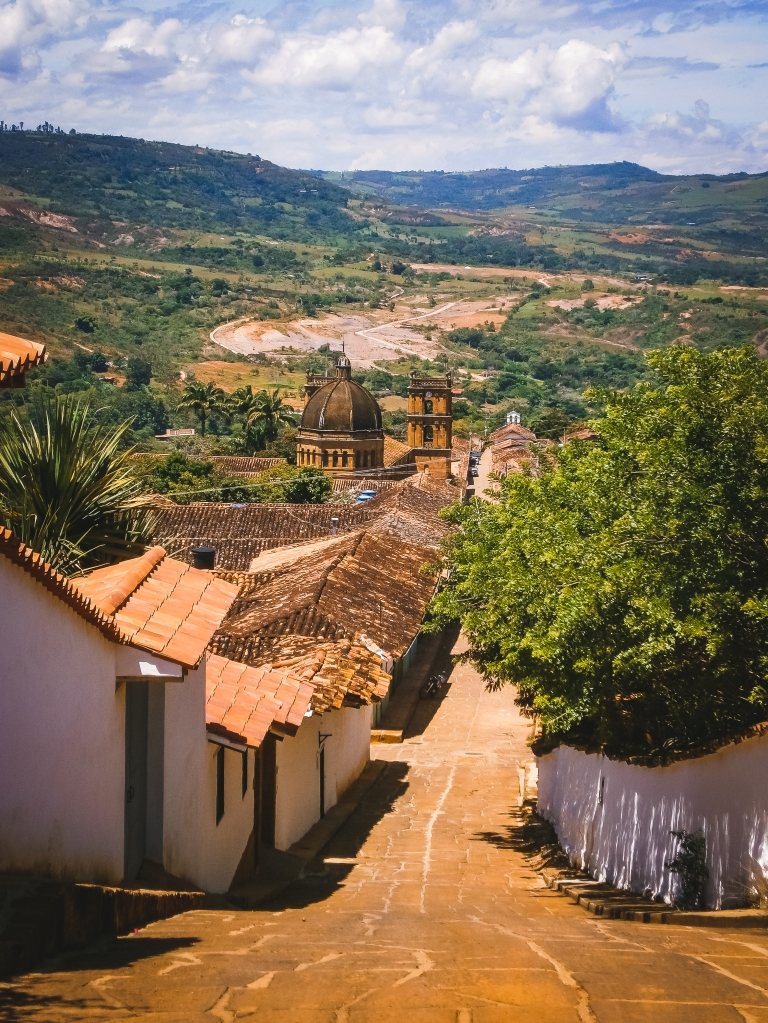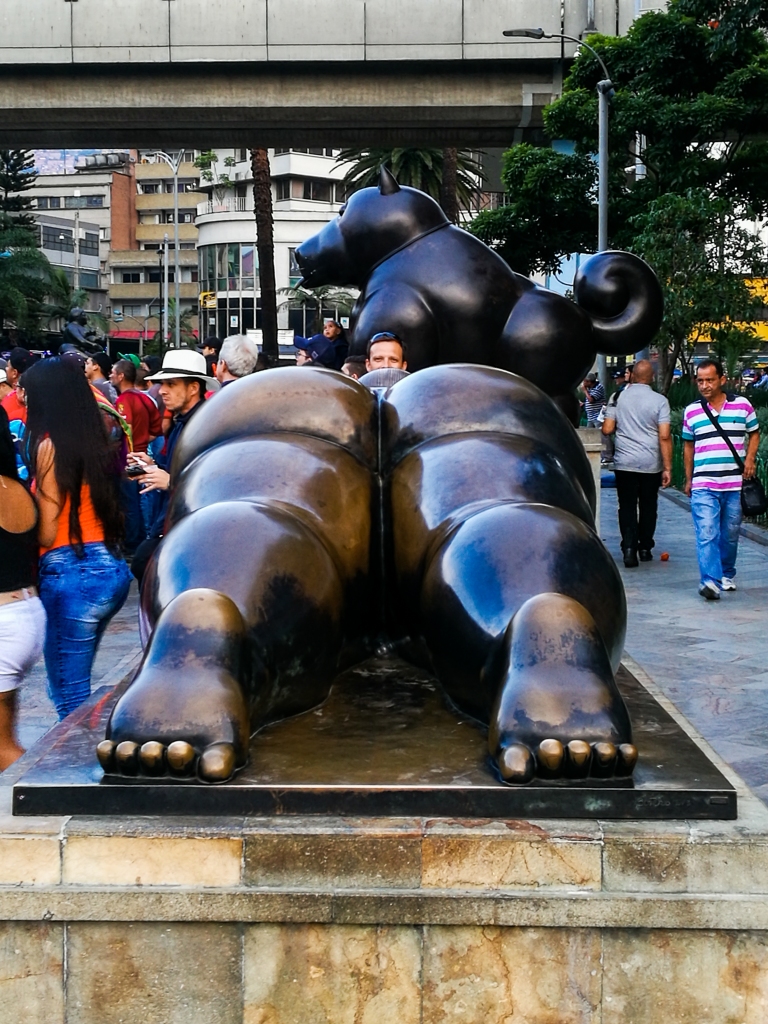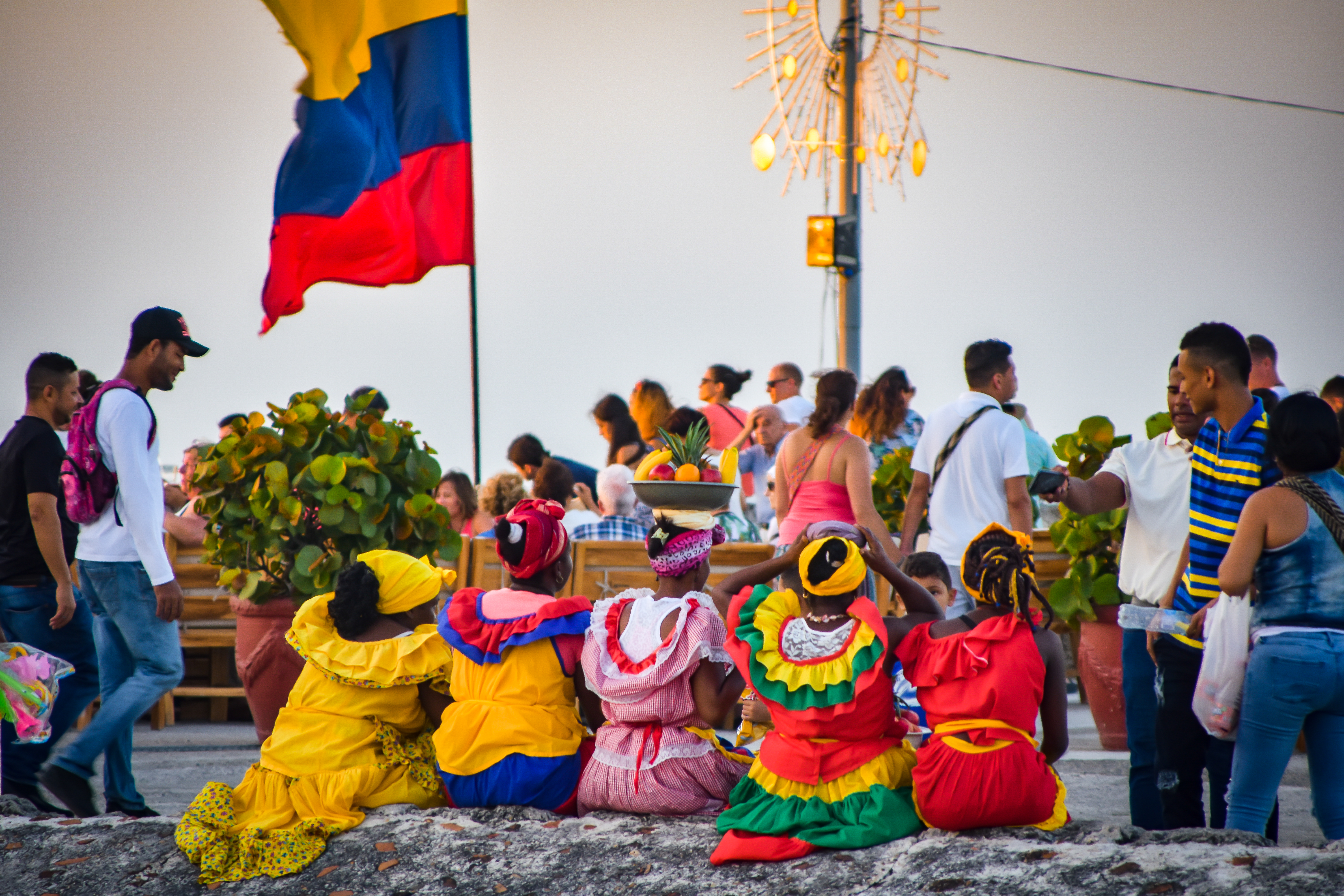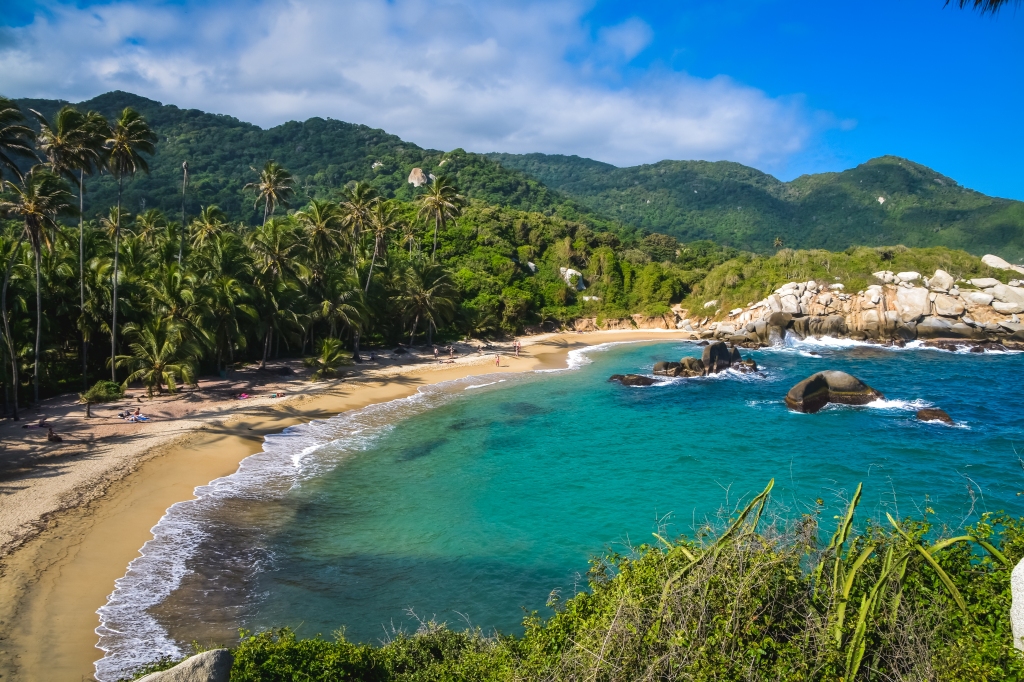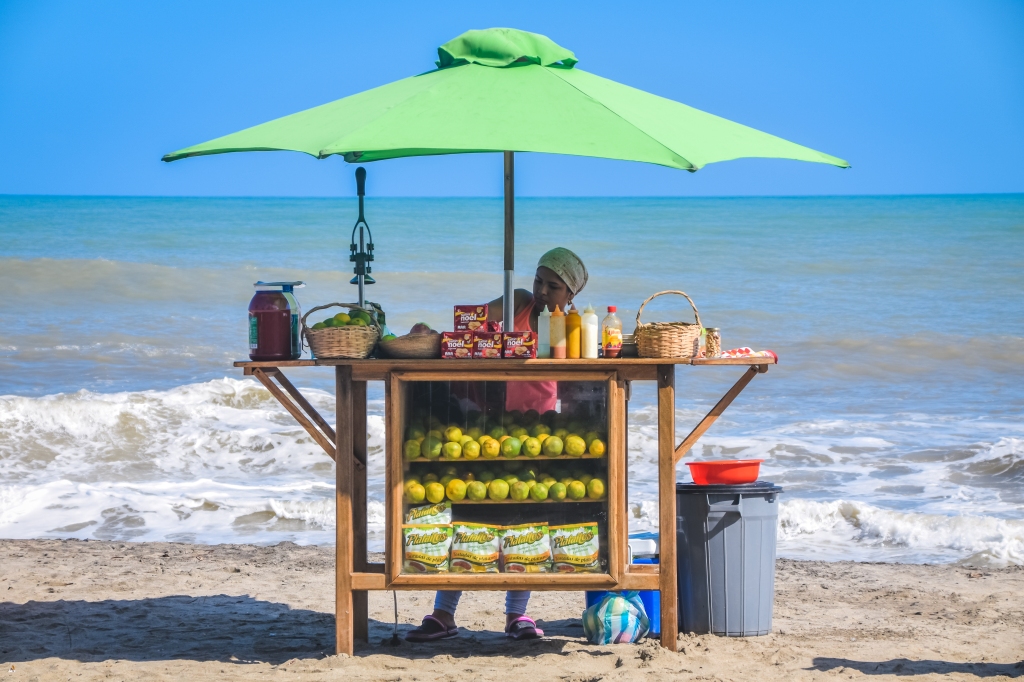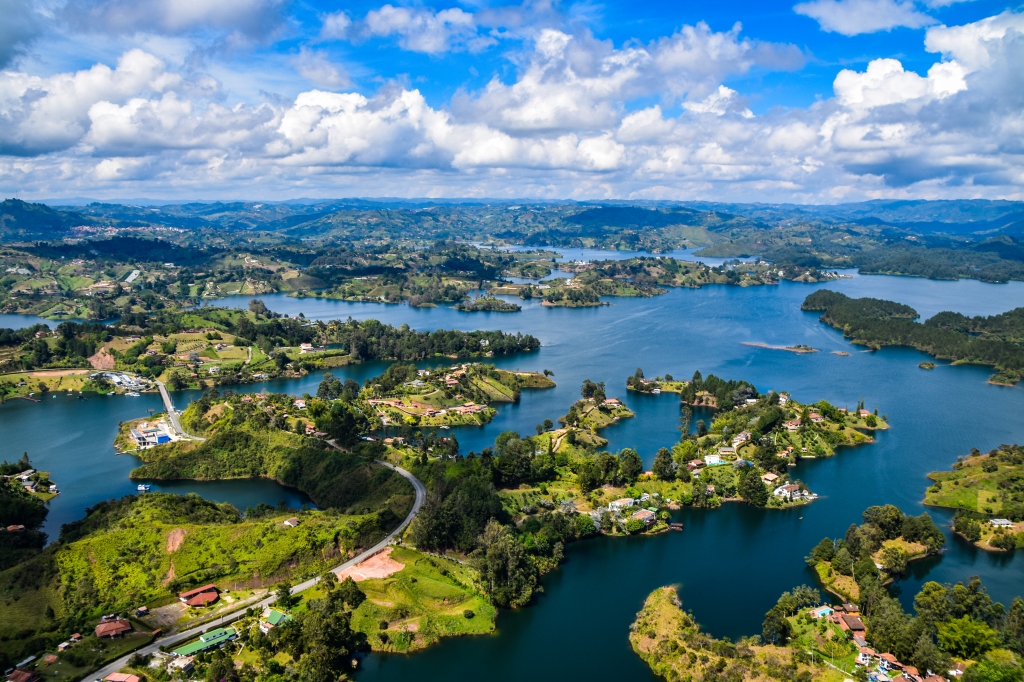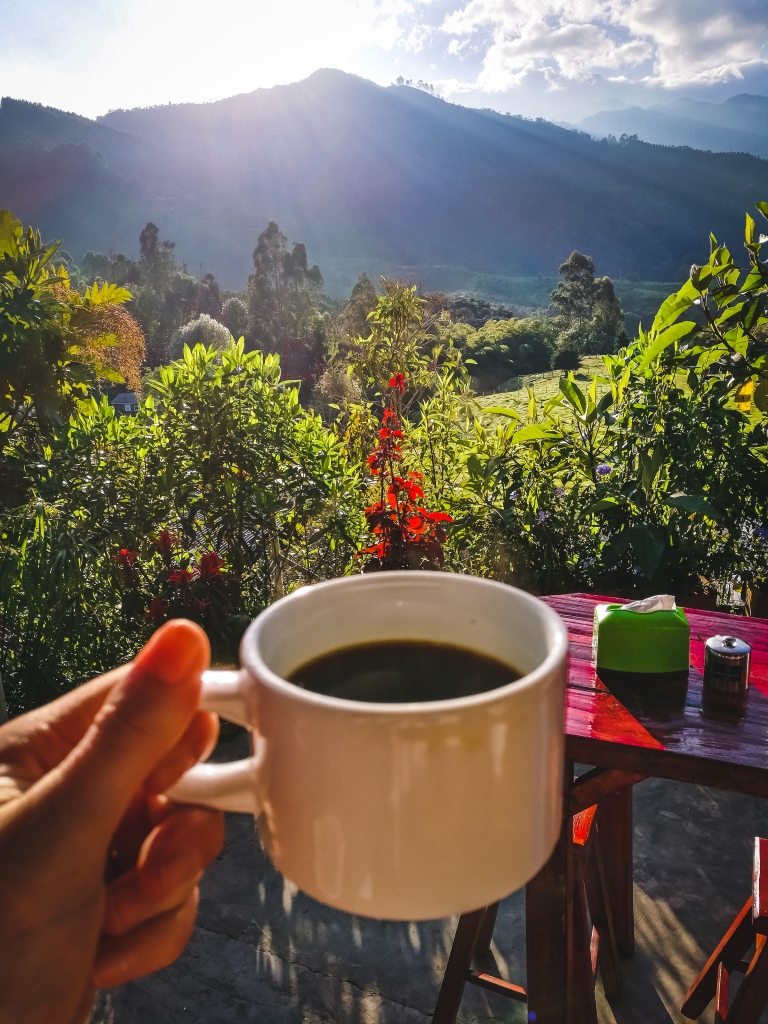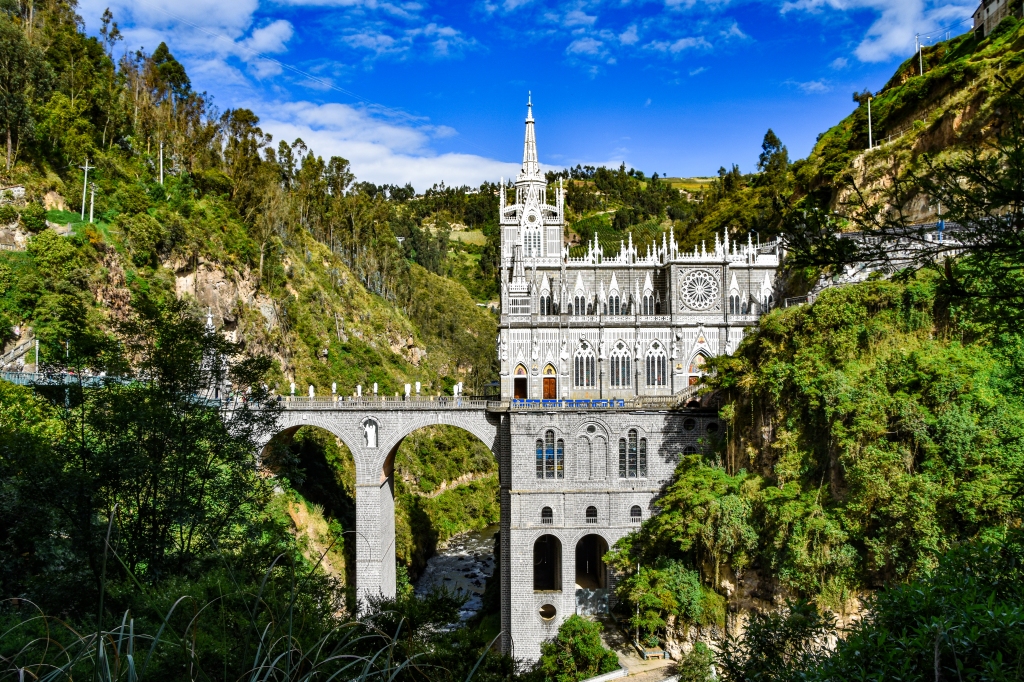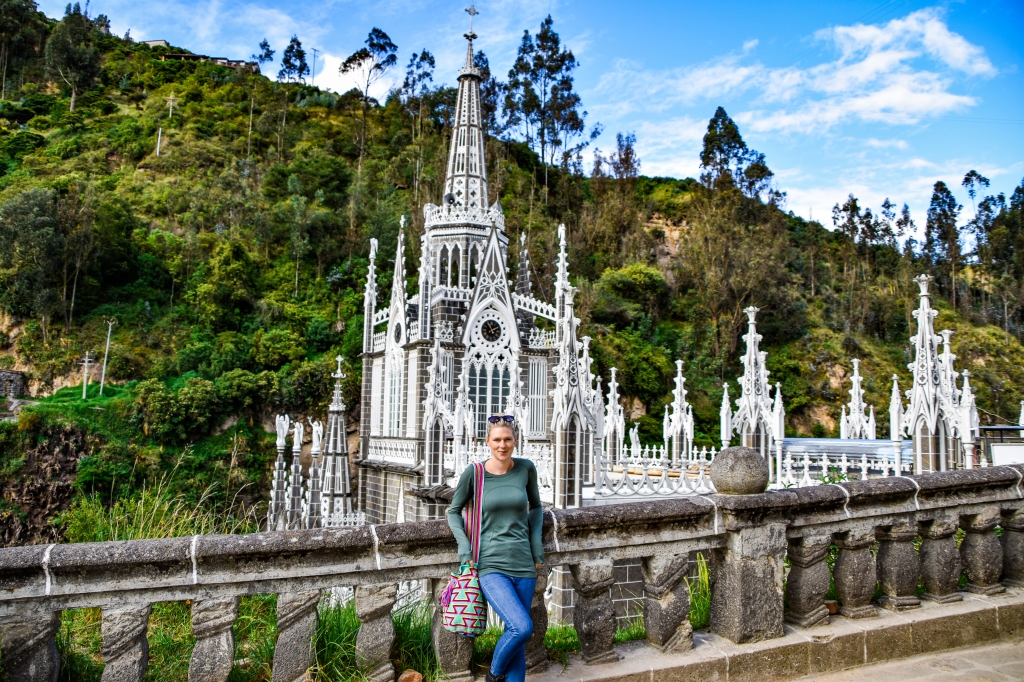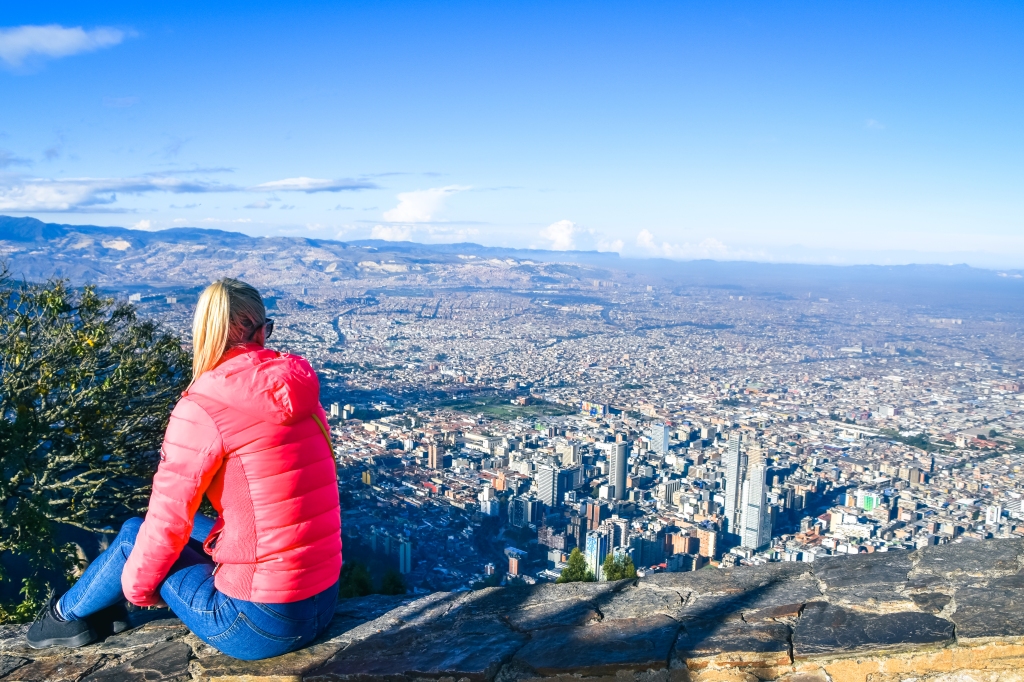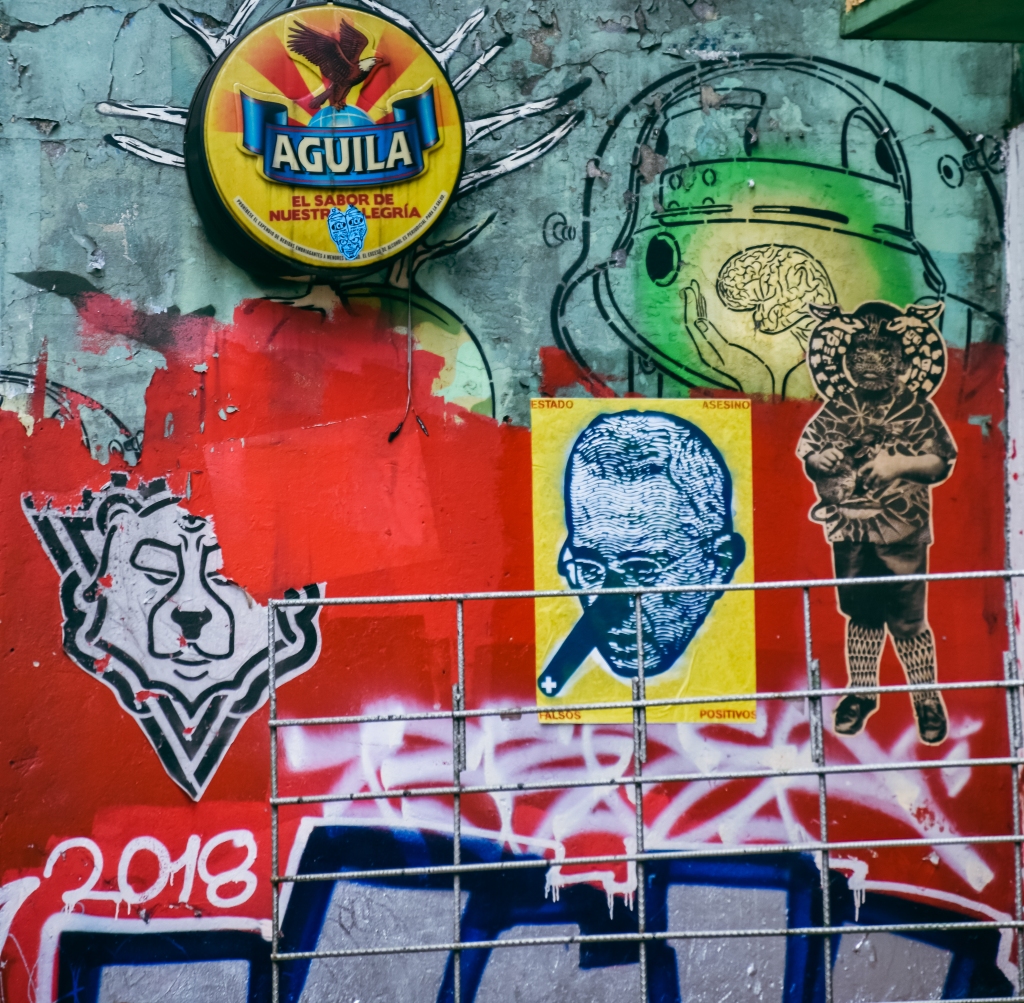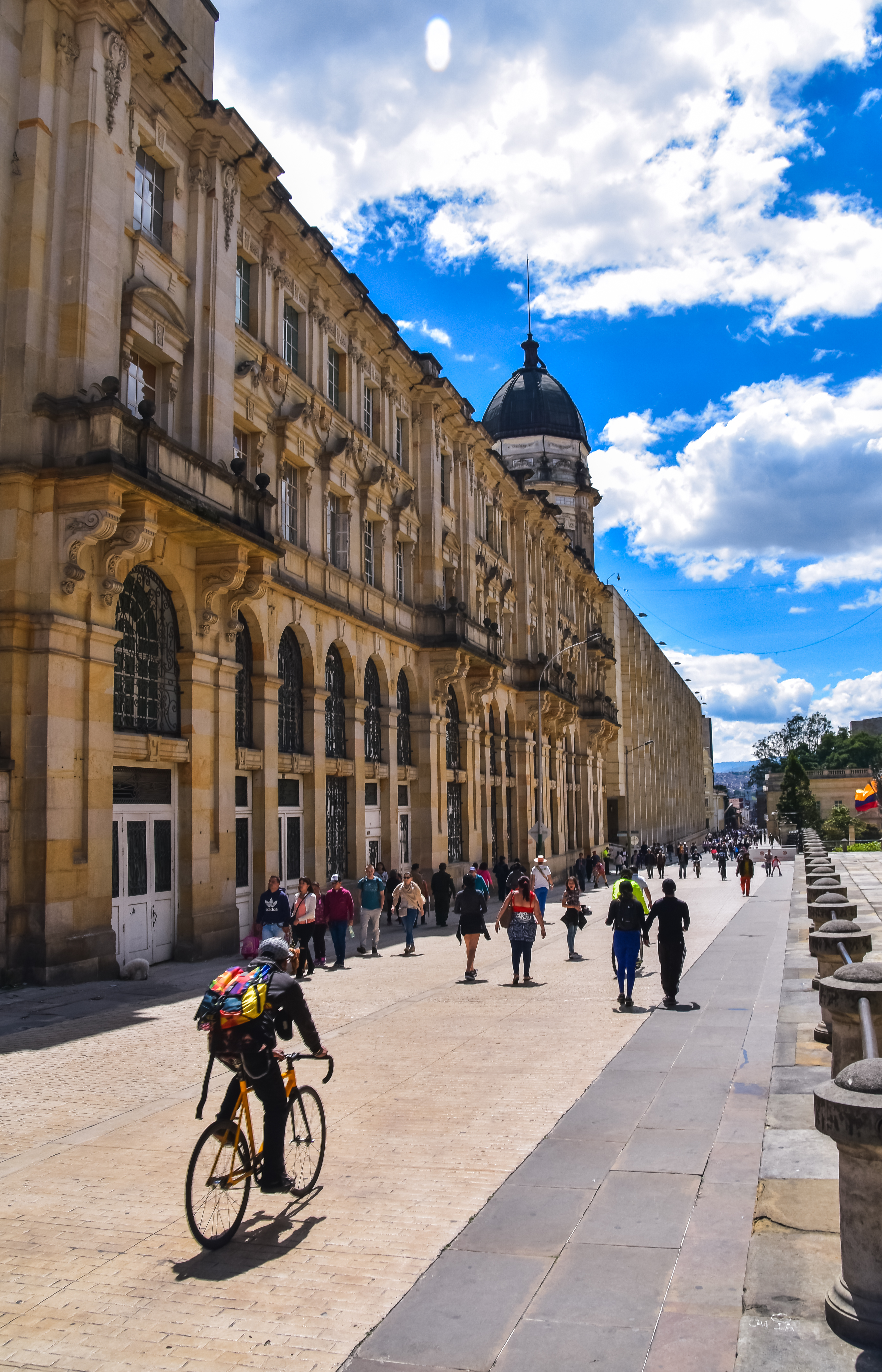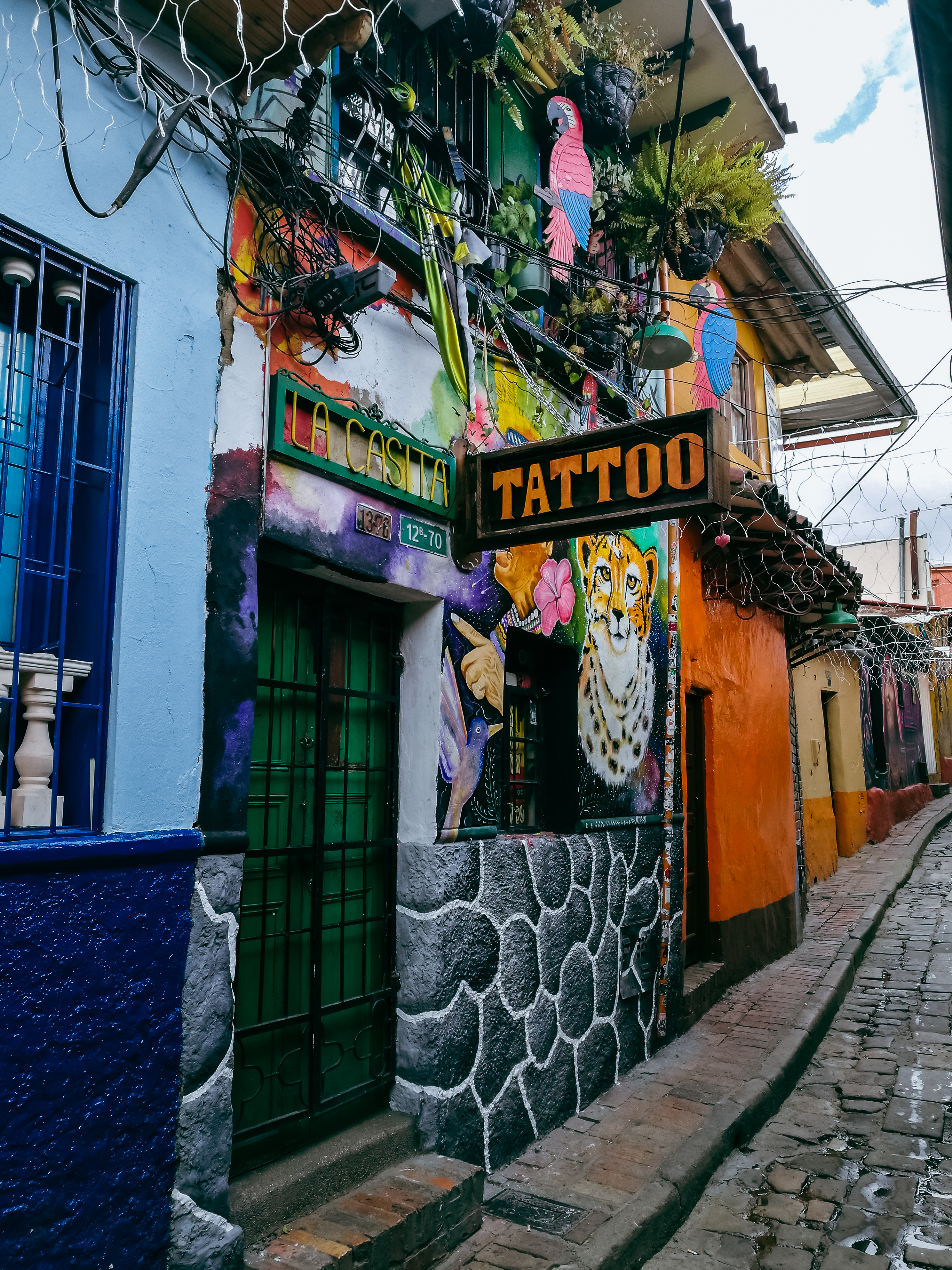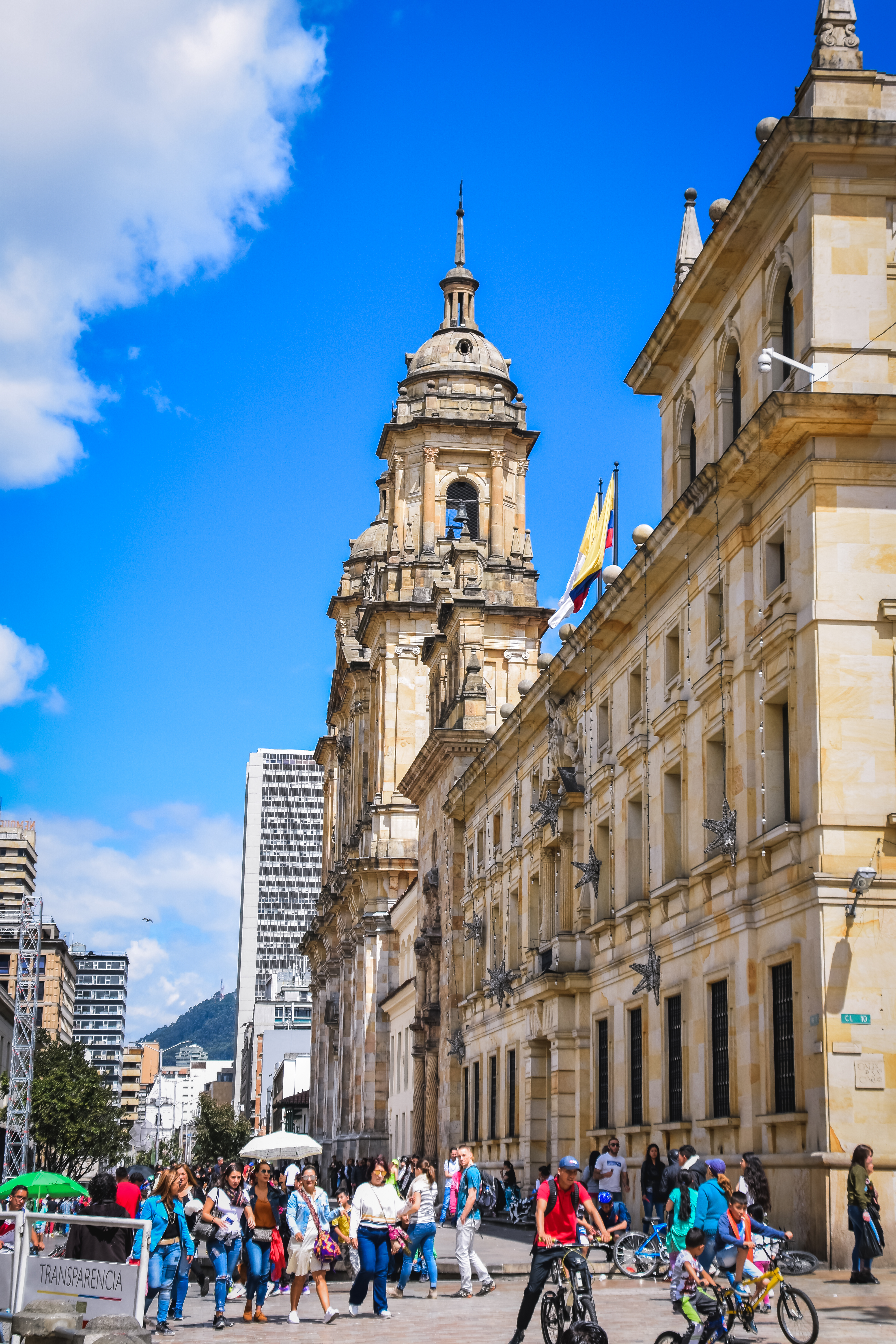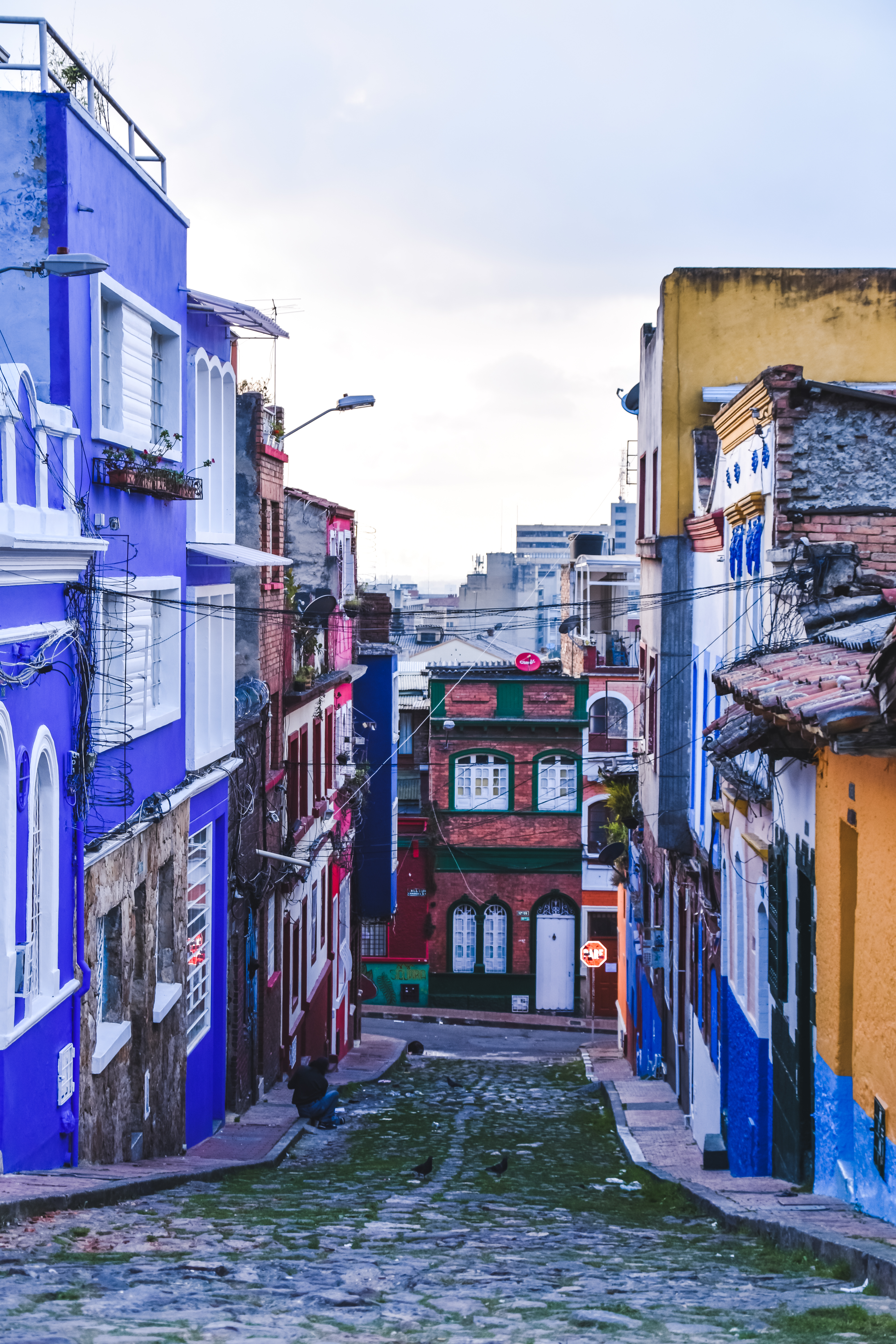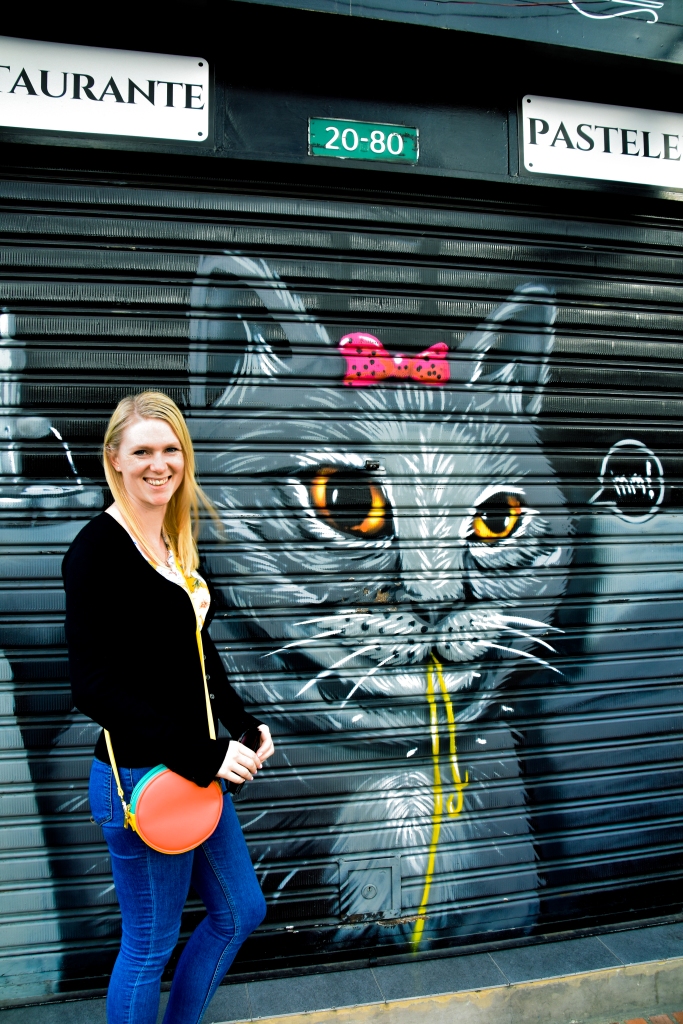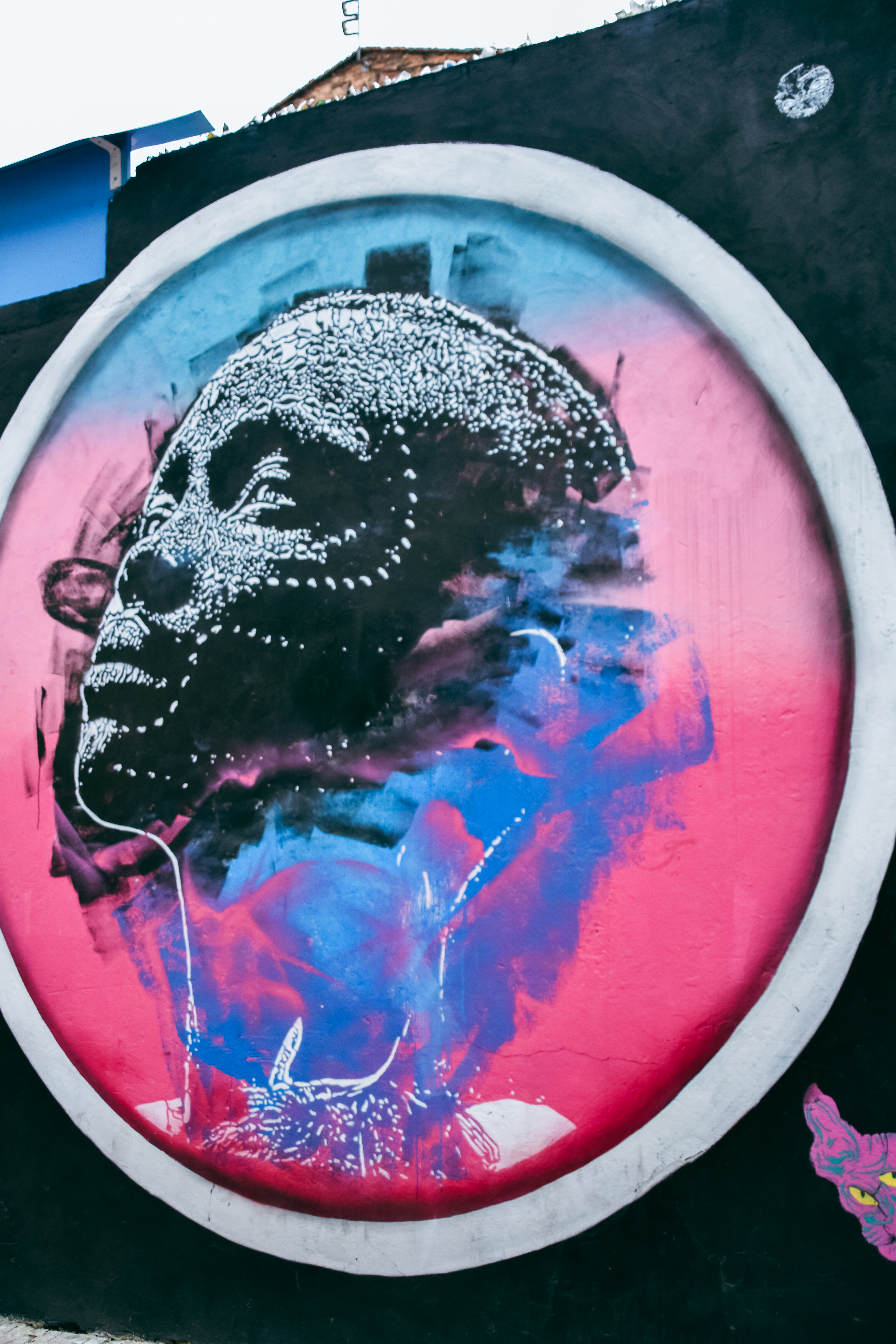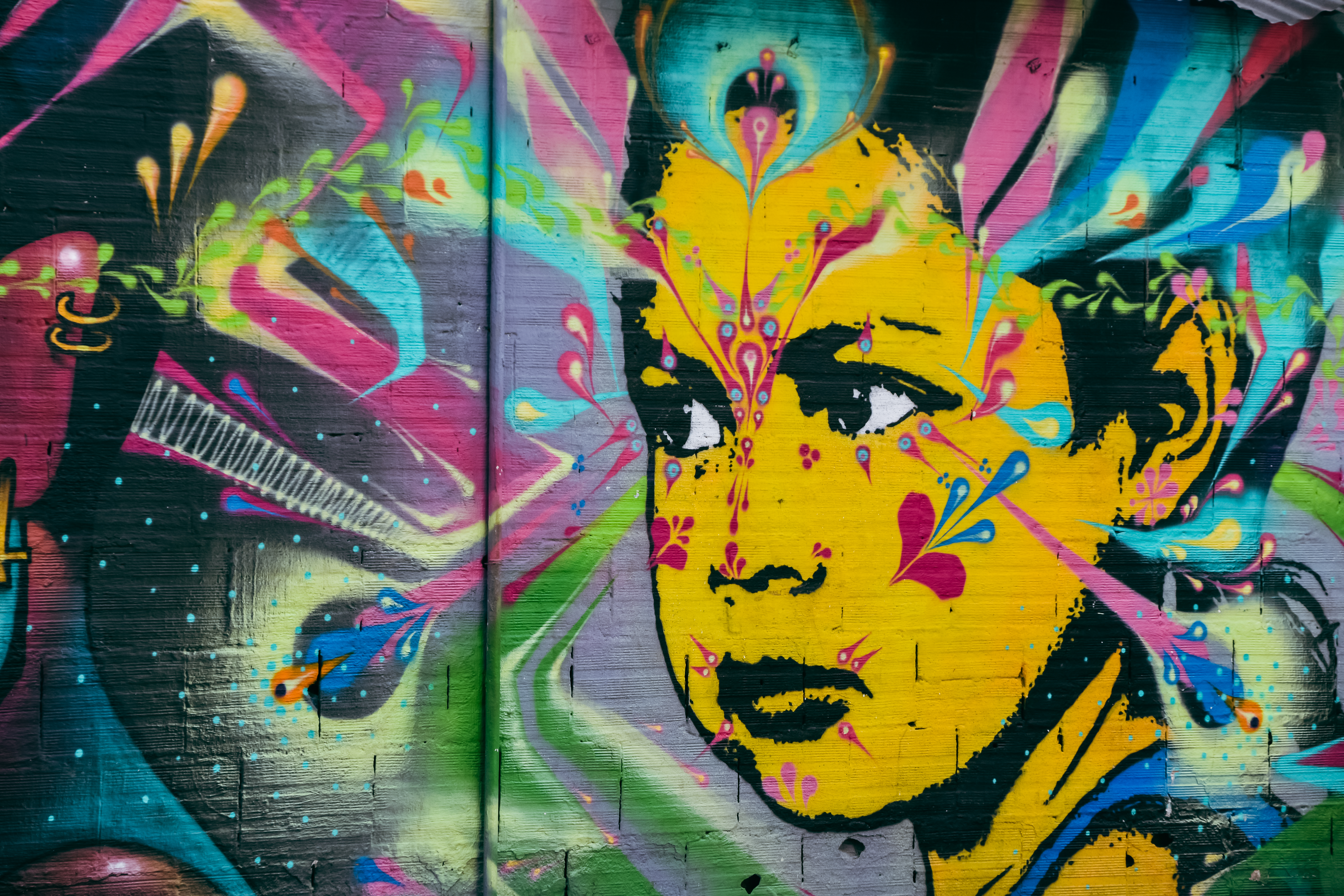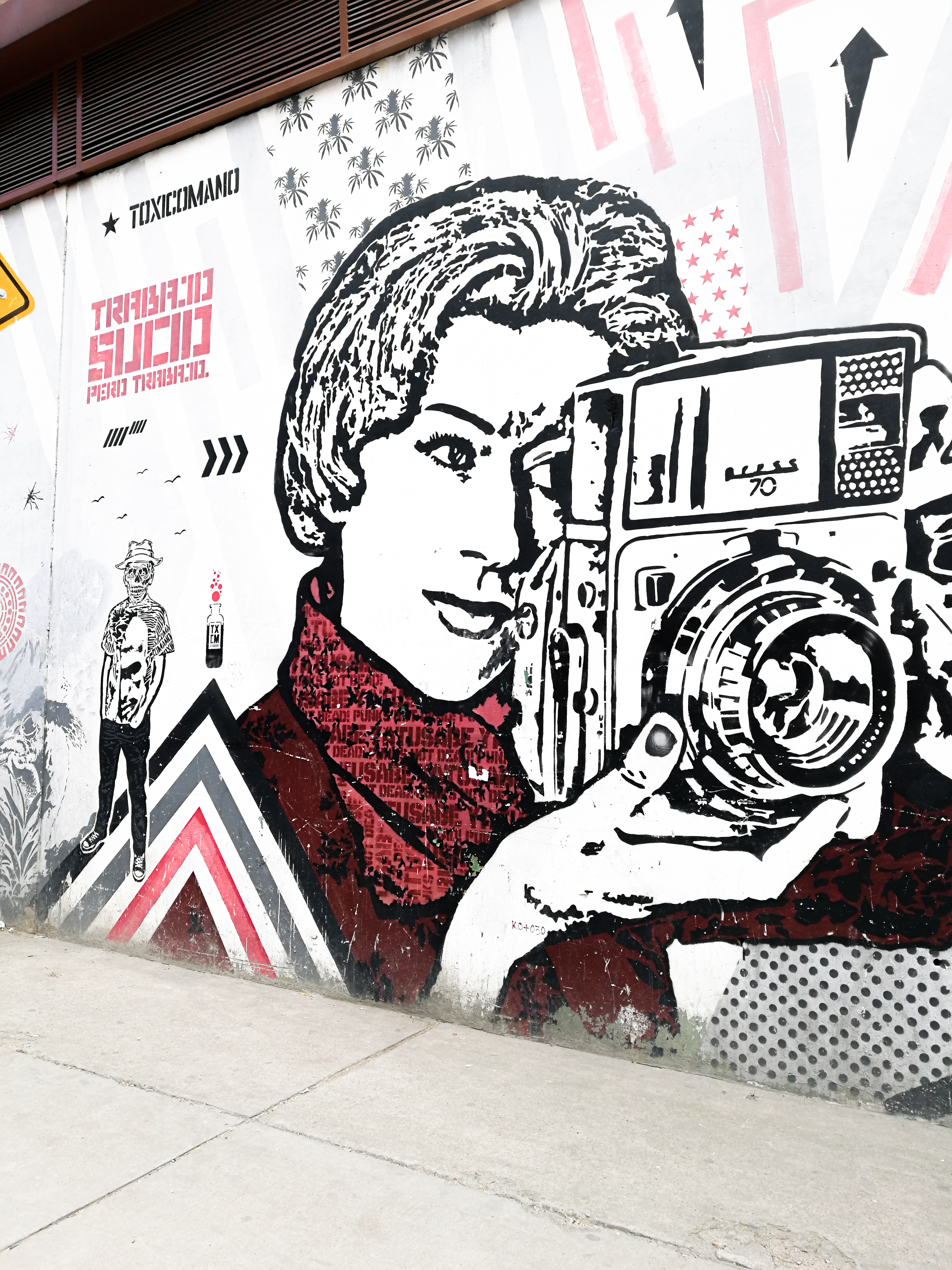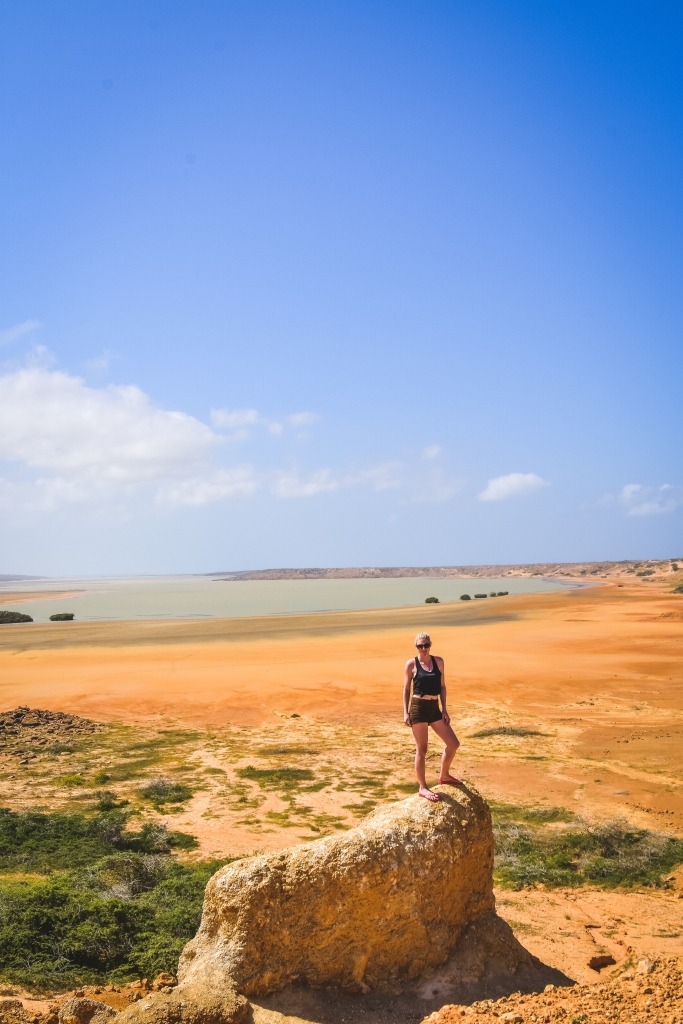
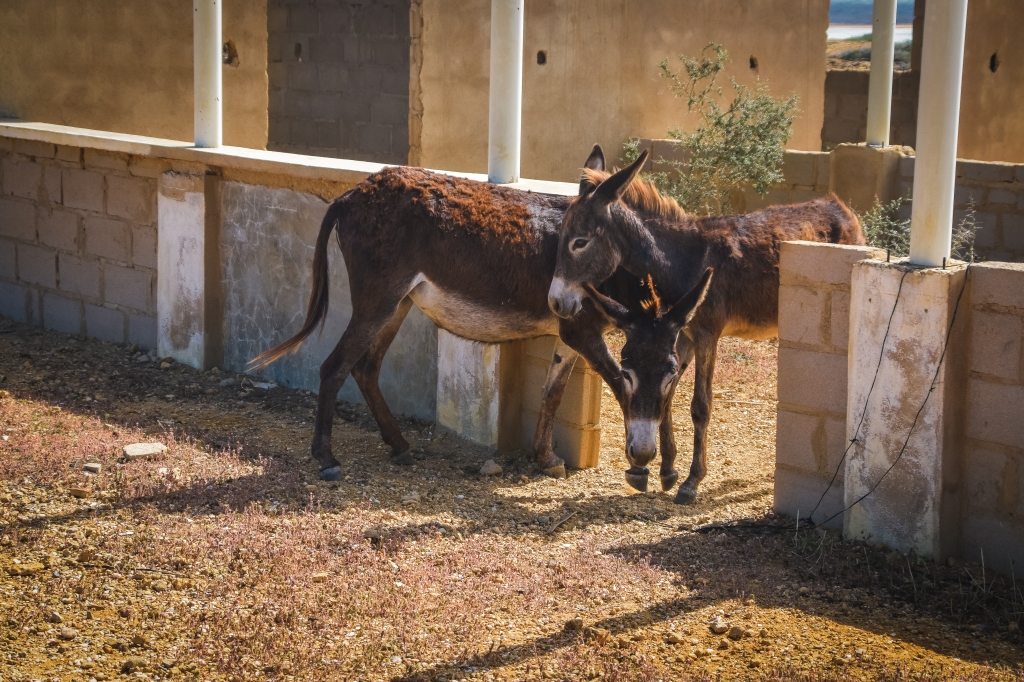
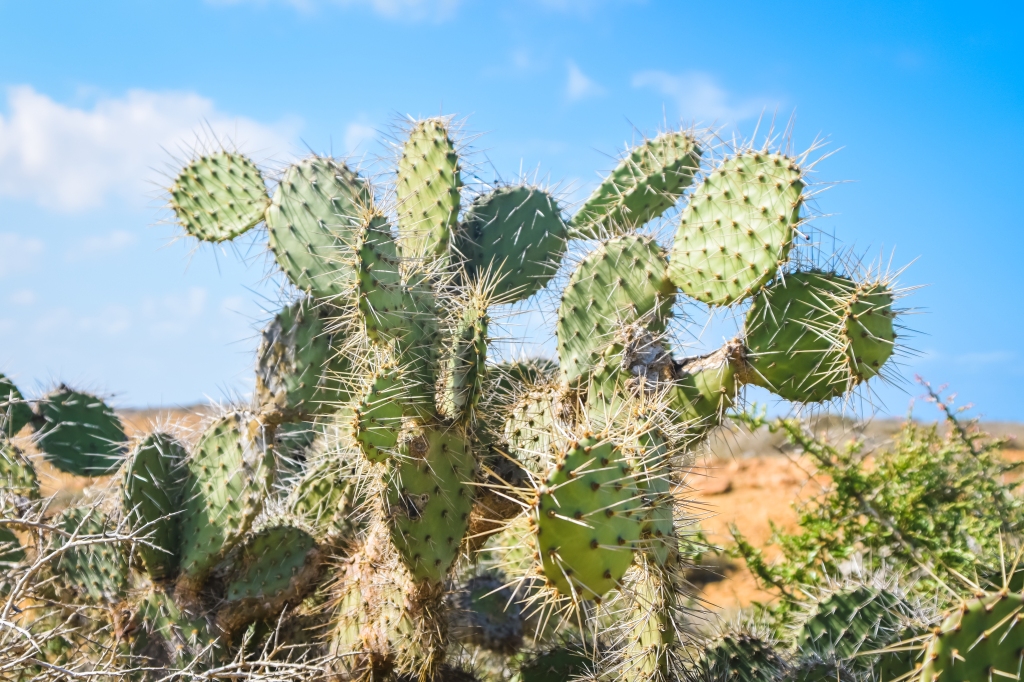
The Guajira Peninsula is an incredibly off-the-beaten track area of Colombia: so much so that it doesn’t even have a track. The area is very remote and the region is the poorest in Colombia so it can be a difficult place to visit and you will need to put up with a lack of creature comforts.
When I first visited the region in 2011 – the peninsula and the jumping off point (Cabo de La Vela) were deserted. Although some basic facilities for tourists existed. I only came across 2 travellers in Cabo de La Vela (a photographer and his girlfriend) and no others on the peninsula itself.
In 2019 when I returned, things hadn’t drastically changed. A windsurfing school had opened in Cabo De La Vela which had led to some more accomodation and a few bars and some basic restaurants. The Guajira Peninsula accomodation in hammocks and tour on the back of a truck was now for 10-20 people at a time (rather than just me on my first trip!) and the local women and children had got wise to the fact that they could charge passing trucks a ‘toll’ to drive through their private land.
The landscapes and the region itself are still magical and out of this world. Take a look at my Guajira Photo Essay for more beautiful examples!
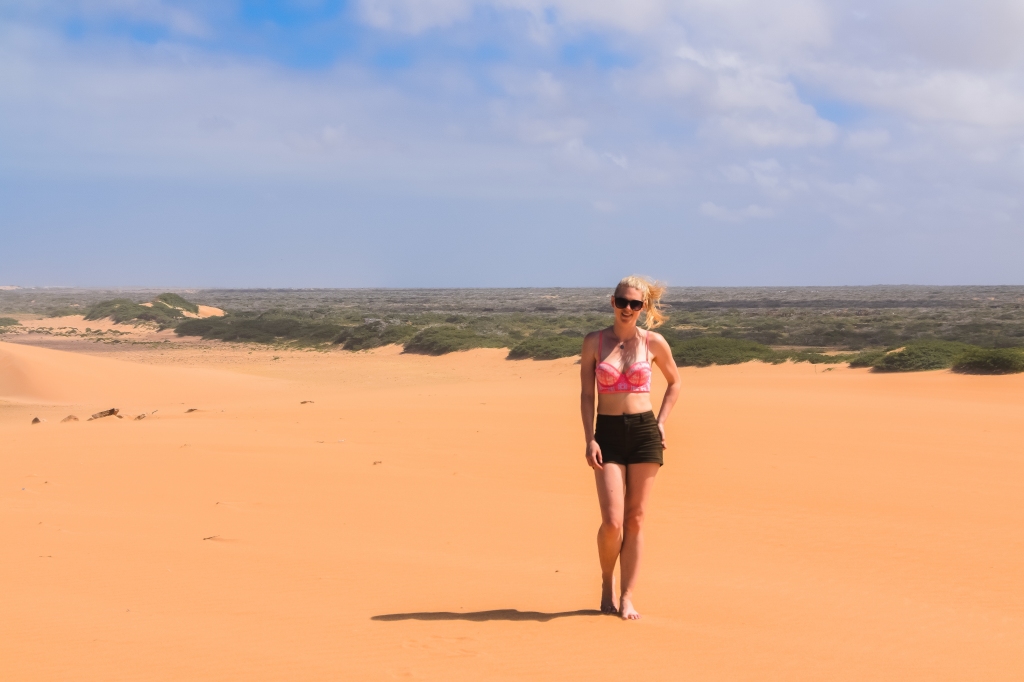
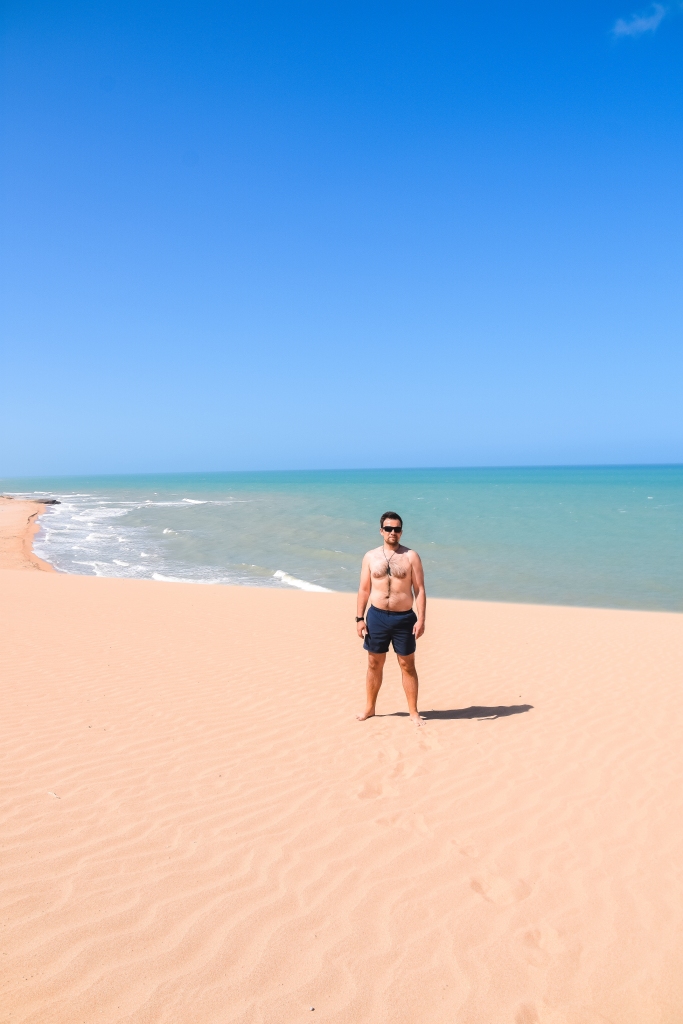
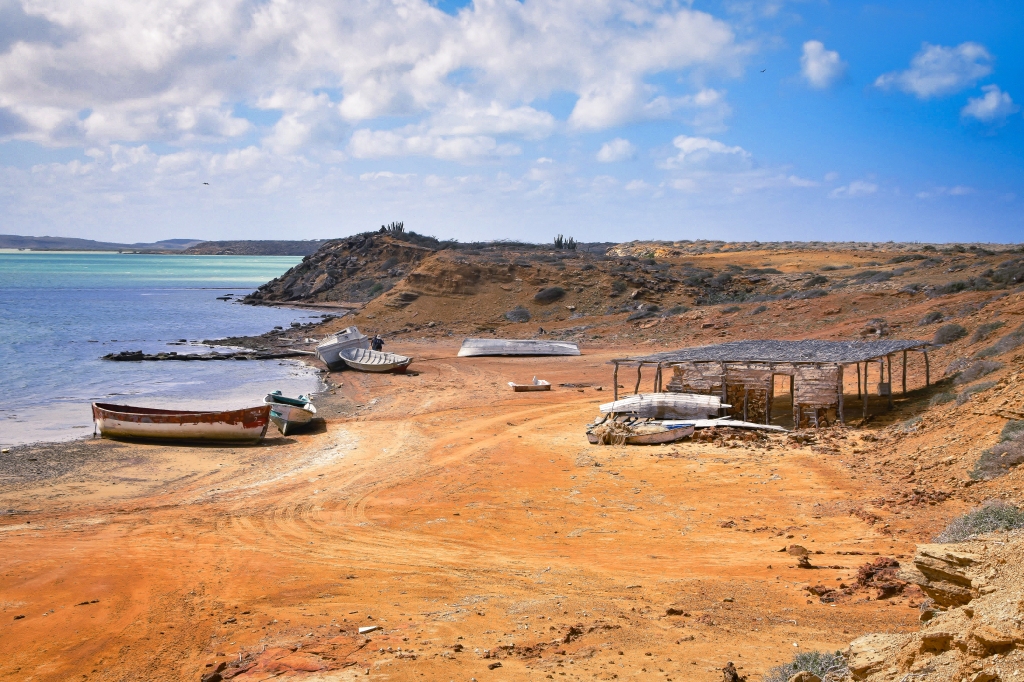
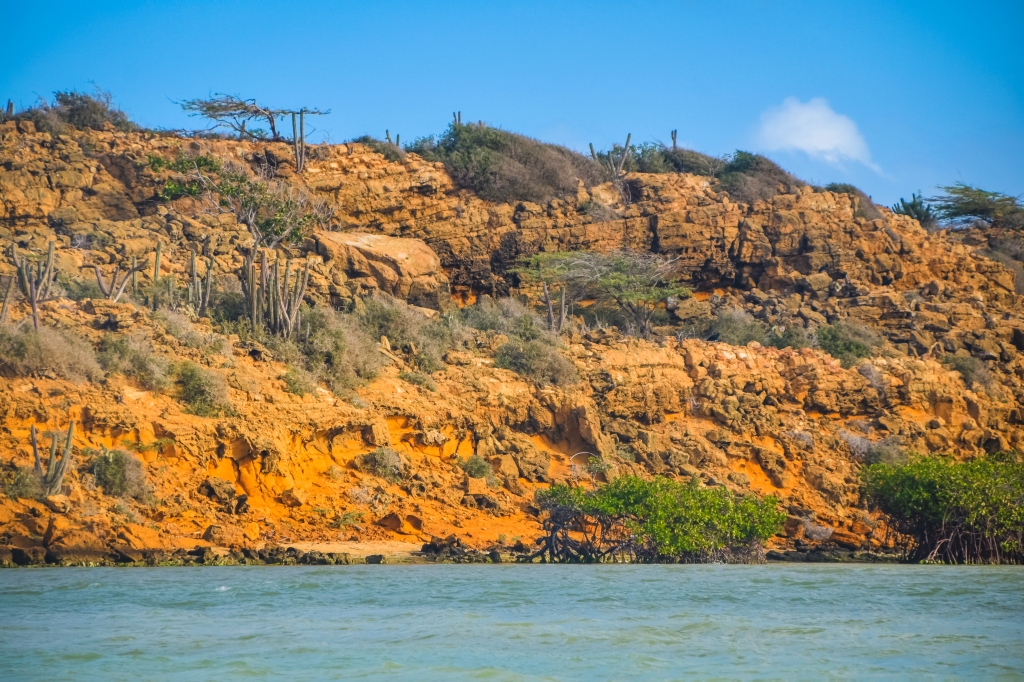
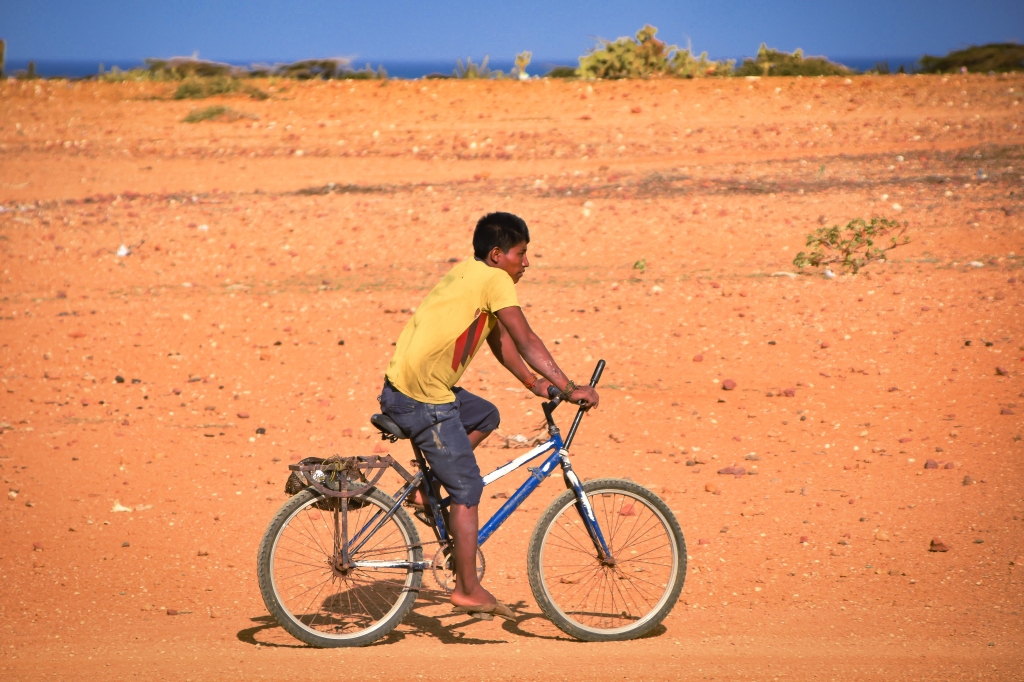
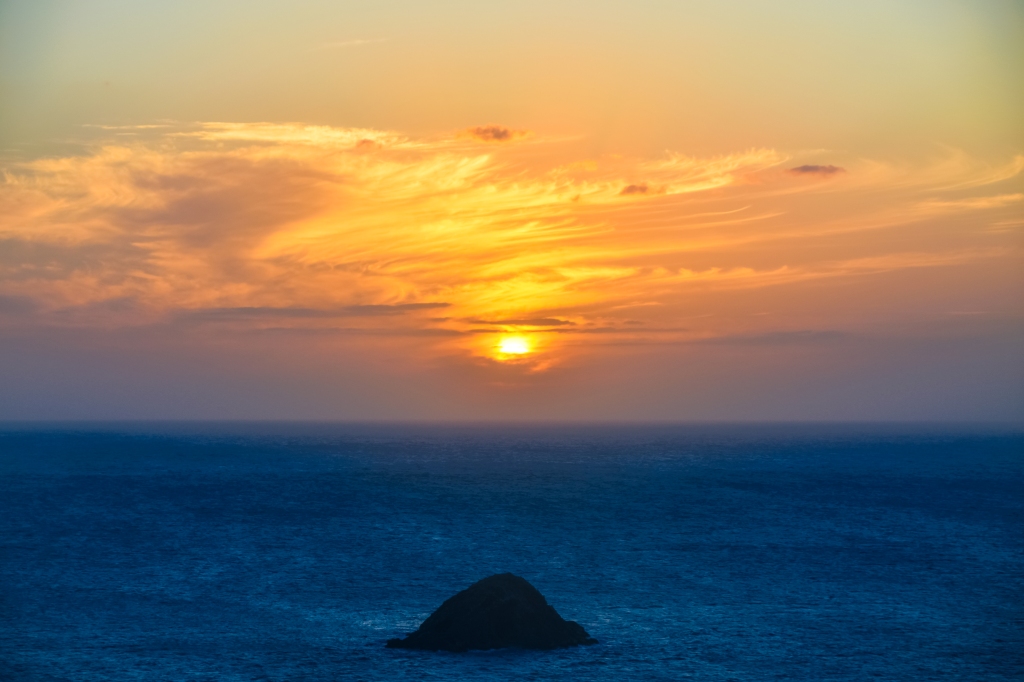
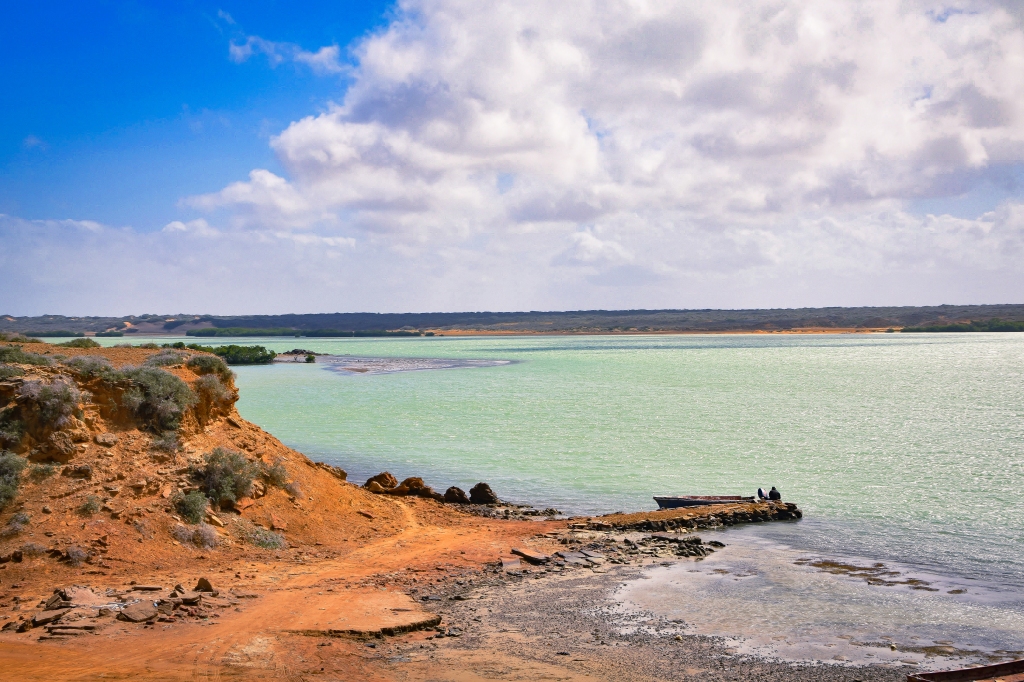

Top Tips for visiting La Guajira:
- Pack really light! You don’t want to be lugging your suitcase or large backpack around this region. You are constantly on the move between locations, usually in the back of a truck or in a boat with limited space in the hot sun. On our latest trip here we left our bags at our hotel in Santa Marta and packed the bare minimum for our few days in La Guajira.
- Buy a Wayuu Mochila bag. The local Wayuu people make beautiful woven bags in a really unique style. Due to the region’s remoteness these bags sell online/in tourist stores in Colombia for a pretty penny. There is a lot of work involved in creating them and the local people see almost none of these profits. You will see locals selling these bags in Cabo De La Vela town for a much cheaper rate and you will know the money goes entirely to them!
Where to stay:
You aren’t spoilt with choice for accomodation options in Cabo de la Vela or the Guajira Peninsula. You can sleep in a hammock outside or in Cabo de La Vela you sometimes have the option of a very basic room. Showers are only cold water bucket showers and you also flush toilets using a bucket of water. Be prepared for this!
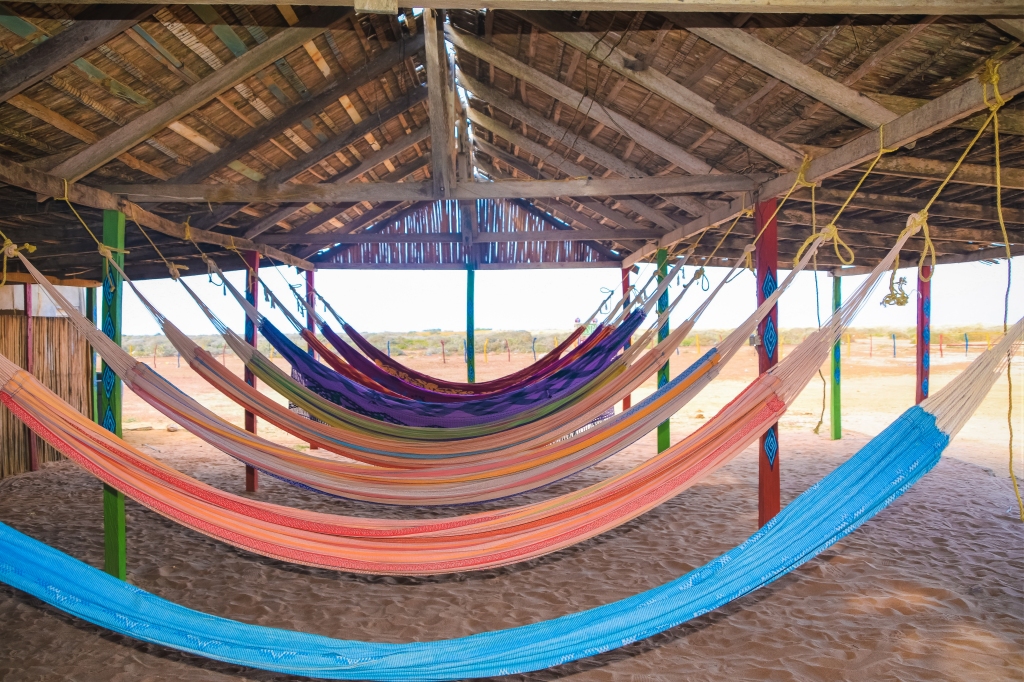
Its all part of the experience as long as its not for your whole trip. We love sleeping in a hammock on occasion – in Cabo De La Vela you are right next to the water on the beach! You also get a lockable shack to get changed in and store your stuff.
Expect to look like this by the end of your journey:
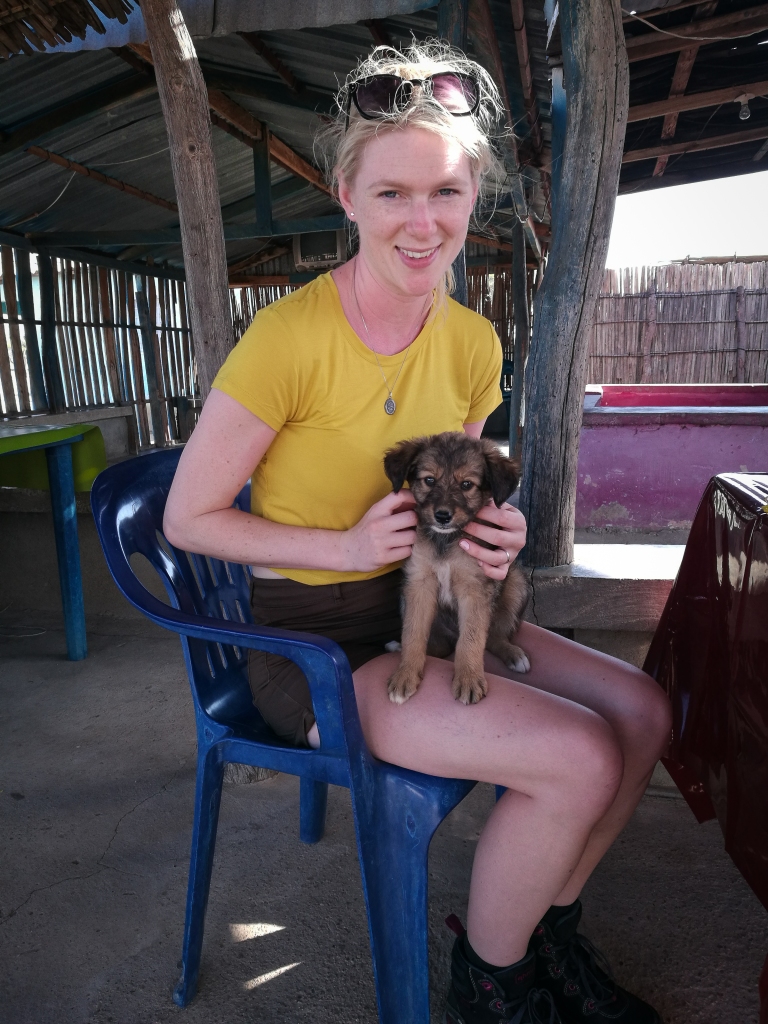
Getting there and away:
I’m not going to lie – getting to La Guajira is a PAIN. But the journey is all a part of the adventure right? You can probably book a tour in advance from Cartagena or Santa Marta but how I have done it in the past is by getting to Cuatro Vias (a crossroads in rural Colombia), or Uribia and making my way from there. You’ll need at least some basic spanish to do it this way. At this point you can get on a much cheaper tour for both Cabo de La Vela and the Guajira Peninsula if you get offered one; or be able to find transport direct to Cabo de La Vela.You will be able to book an overnight tour from there to the Peninsula. You can only get to the peninsula itself with a tour.
To get to Cuatro Vias: Take a bus from Santa Marta bus station that terminates at Maicao and get off at Quatro Vias (a crossroads in the middle of nowhere – don’t second guess yourself – its the right stop). The bus will take you 4-5 hours so get started early in the morning. This crossroads heads in 4 completely different directions so it has become a bit of a meeting place for the area with market stalls and vehicles going in different directions. From here, someone will ask you where you are going and will arrange a full tour with you (through their guy in one of the nearby towns) or you can get in a taxi/mototaxi which will take you to the trucks carrying supplies and people leaving from Uribia. There may even be transport around heading direct to Cabo de La Vela. The trip to Cabo de La Vela will take you a few more hours depending on your transport – you may have to wait for the trucks to fill up.
Past Uribia your only transport is via motorbike or trucks as the roads turn to dirt tracks.
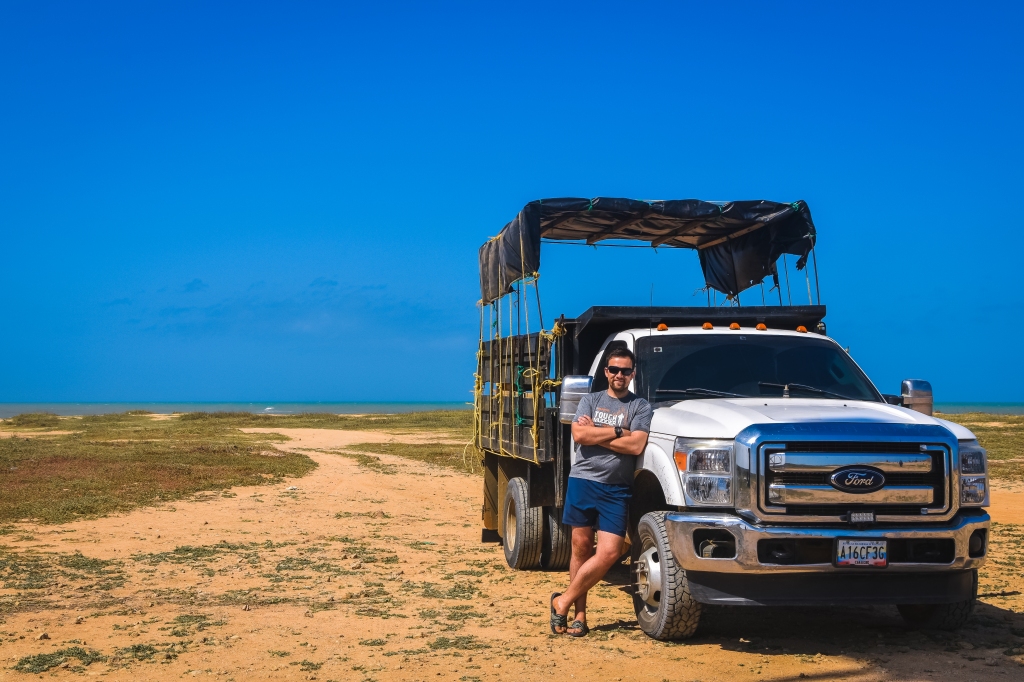
Your tour to the tip of the peninsula will only be for 1 day/night. Most tour operators will let you stay on another if you wish and you will just be able to pay the accomodation another night directly. However, there is not much to do in the area without transportation and you will have visited all the tourist spots on the truck the day before so 1 night is probably enough. After your night in the peninsula you will likely be transported directly back to Uribia, Riohacha or even Santa Marta so make sure you spend all the time in Cabo de la Vela that you want to before heading over to the peninsula.
Getting around:
You will probably be on a tour – in this case your tour will take you everywhere you may want to go. If not, there you can find moto-taxi’s to bring you to and from your destination or if you are up for it most places are only a hike away through the hot desert. Pilon de Azucar is a great spot to visit around Cabo de La Vela, as is El Faro for sunset.
If you arrive in Cabo de la Vela without a tour and want to get over to the peninsula (and trust me you do!) You can ask your accomodation and they will be able to find a tour going or know of someone in the small town that can arrange this for you.

Food:
A word from the wise – food is actually pretty expensive here compared to the rest of Colombia. There are no shops except for a corner store or two that sell cold drinks for very expensive prices. I suggest stocking up on snacks at a supermarket in Santa Marta before you come. I would also bring all the bottled water you will need during your trip as that is pretty hard to come by also!
I also suggest bringing some extra snacks and water for the locals. Especially once you get to the peninsula you can really see the poverty here and the locals find it really hard to access and afford food and water other than seafood. Try to avoid the ‘sweet tax’ from the local kids and give them something a little more filling and nutritious instead.
Meals are made at your accomodation – or at anyone else’s! Almost every shack along the beach will serve you food. Your options are usually fresh whole fried fish or lobster. If you are vegetarian or have any sort of dietaries good luck. The fish is amazingly fresh and tasty and the lobster is cheaper and fresher than you will find elsewhere. Enjoy the delicacy while its available!
What to bring:
- Lots of snacks and water
- Long sleeved top and pants or leggings that can double as pyjamas as you will be a lot cooler at night in the hammock
- Beach cover up or sarong to keep out of the sun
- Swimming togs
- Sunblock
- Silk sleeping bag or a light blanket for the hammock or to cushion your seat on the truck.
- A camera
What to expect:
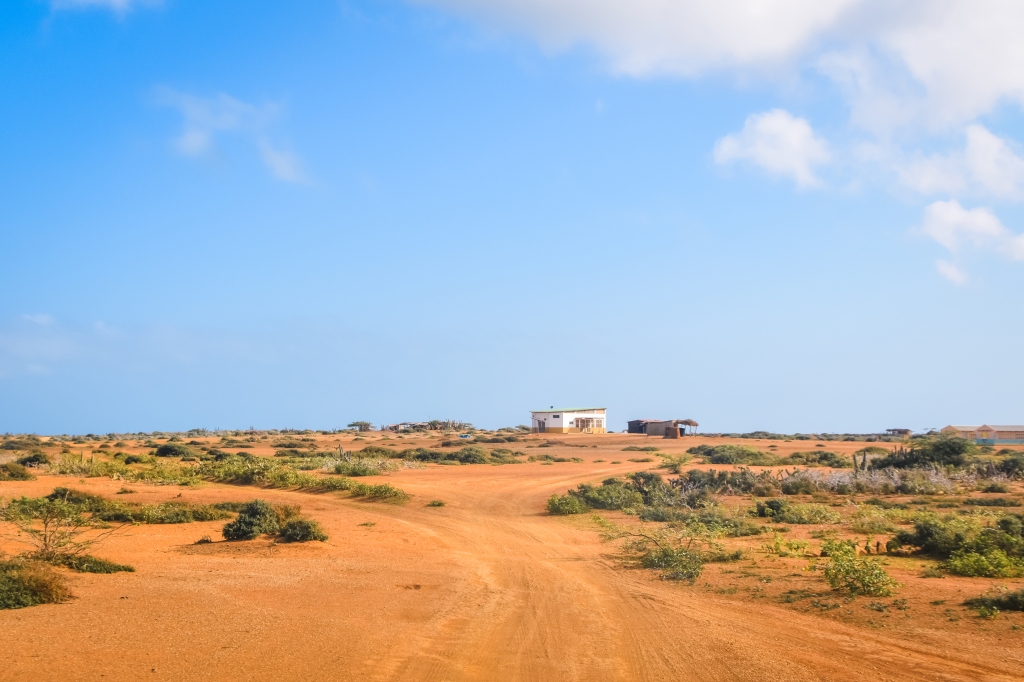
Expect to experience total wilderness – I’m not sure there are many places left around the world that feel this untouched. Soak it all in and enjoy the ride (even if your butt hurts from all that bumping around on the back of a truck and even if you haven’t showered in a week)!
Erika xx


